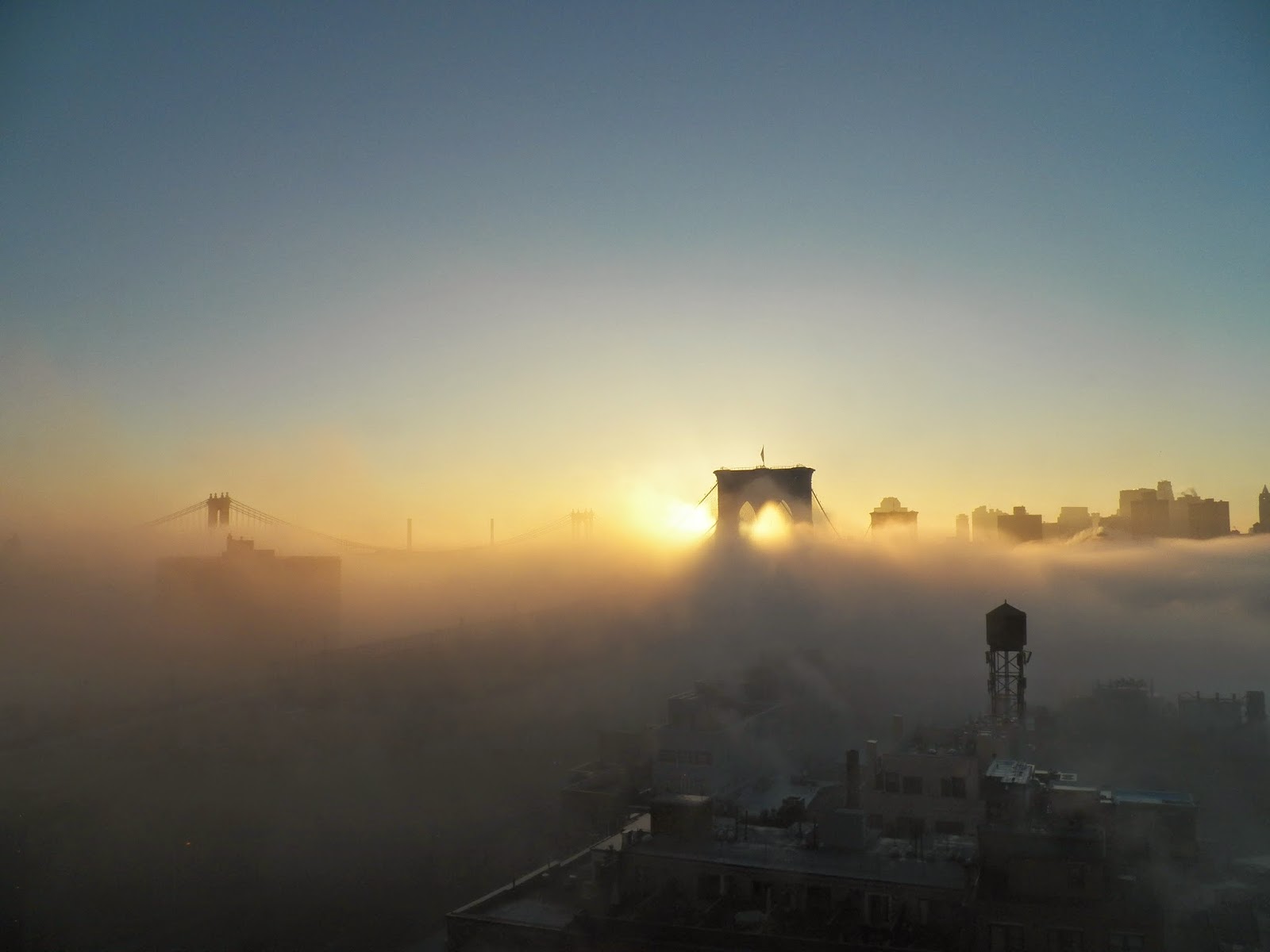Halloween,
a contraction for All-Hallows-Eve, falls
always on 31st of October and
traditionally is tied to the days that follow All Hallows Eve - November 1st, All Saints Day,
and November 2nd, All Souls Day. They are connected by both ancient and
religious traditions.
One of them was Samhain holiday. The ancient Celtics used the day to mark the end of the harvest season when the earth was at its most barren, before the snow falls and winter begins. The Celtics also believed that this transition between the seasons was a bridge to the world of the dead. This tradition was based on the belief that the souls of those that has passed on were migrating and out and about in the world.
Harvest Season, 2014
To
keep those souls away, many would light bonfires.
There are also less scary traditions. In England, children still recite a jingle as they go door-to-door.
There are also less scary traditions. In England, children still recite a jingle as they go door-to-door.
The
sky is blue
The grass is green
The grass is green
Have
you got a penny for Halloween?
If
you haven't got a penny,
A
ha'penny will do.
If
you haven't got a ha'penny,
Then
God bless you.
Halloween leads us to Nov. 1, All Saints Day, when many Christian churches celebrate the very best among us. Since there are so many Catholic Saints, it was necessary to create one day to honor all of them. The Feast of All Saints can be traced back to Pope Gregory III, who lived in the 8th century. Today, there are thousands of saints or those who will be.
Modern Halloween
has become less about literal ghosts and ghouls and more about trick-or-treating,
pumpkins, costumes and candy. Over the millennia the holiday transitioned from
a somber pagan ritual to a day of merriment, costumes, parades and sweet treats
for children and adults.
Read
more http://en.wikipedia.org/wiki/Halloween























































